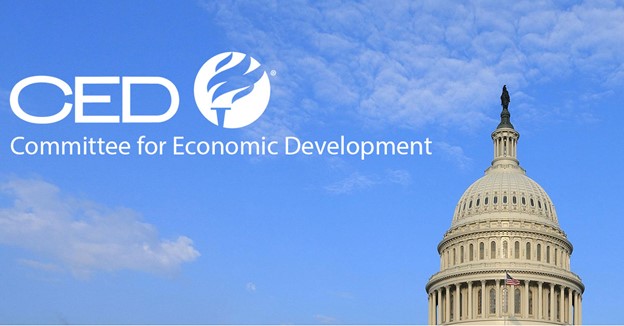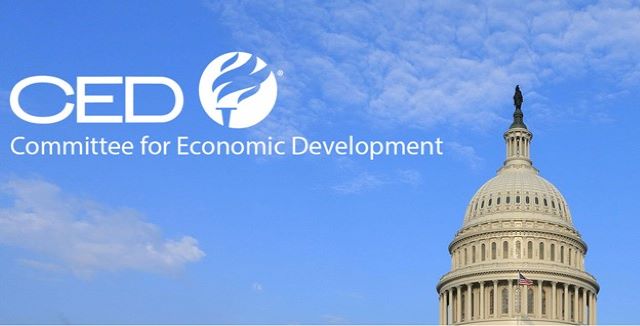
June 16, 2020 | Report
“We are in two crises right now, an economic crisis and a people crisis, and organizations that acknowledge only one risk [are] exacerbating the other. [Diversity, equity, and inclusion] efforts can be a powerful solution to both challenges.”
Lily Zheng, “Adapt Your D&I Efforts to the Reality of the Crisis,” Harvard Business Review, May 7, 2020.
This publication is exclusive to members of The Conference Board.
For information about membership click here.

July 27, 2022 | Newsletters & Alerts

May 11, 2022 | Newsletters & Alerts
